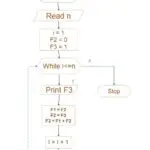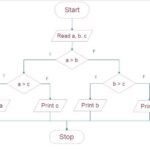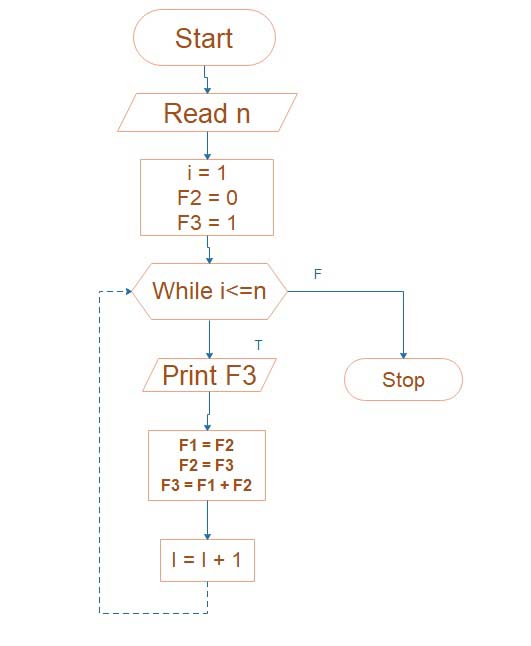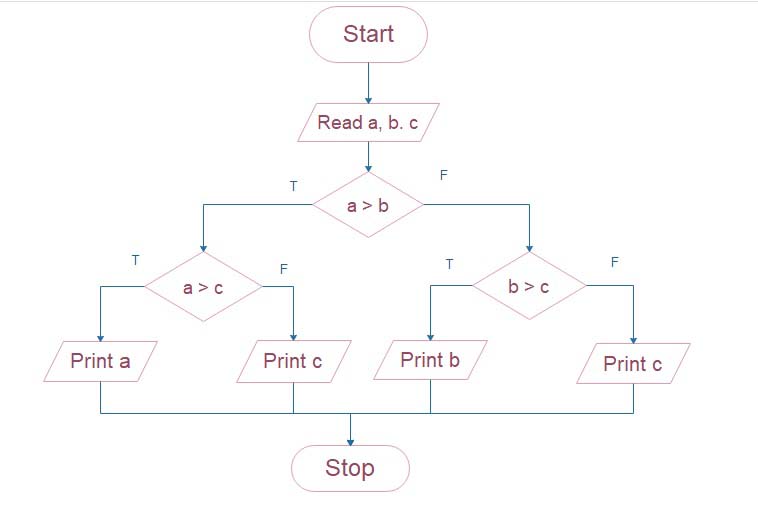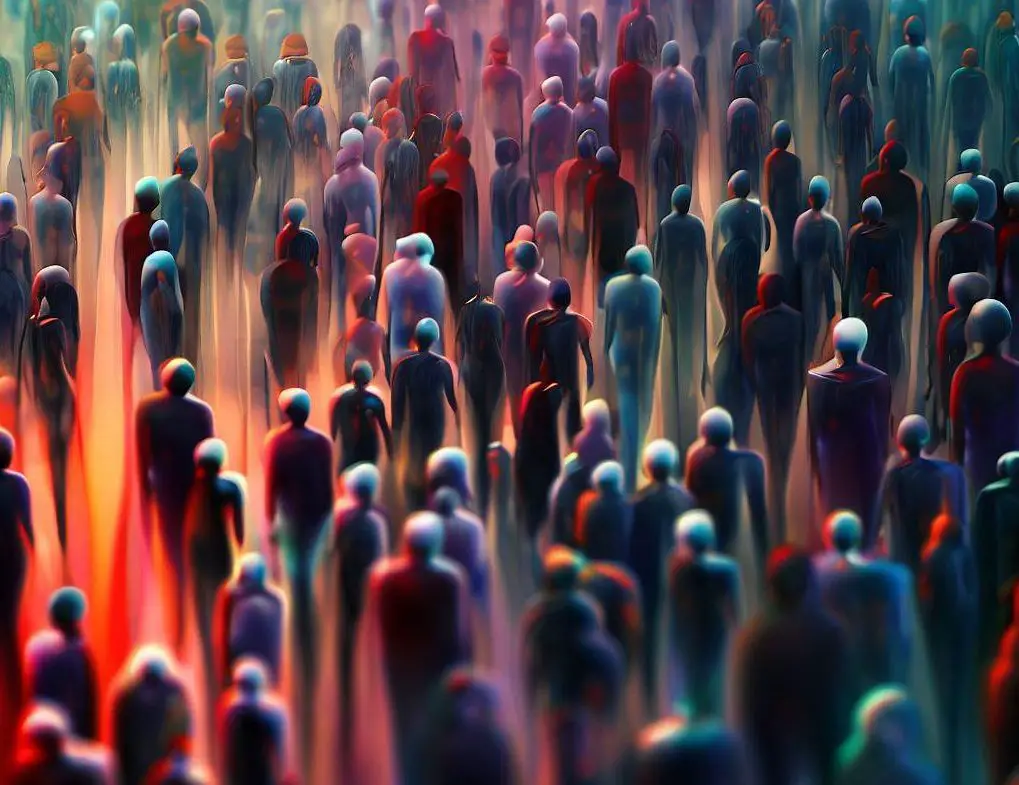How Oxygen Blood flow in Heart
How Blood circulation in Human heart?
The human heart’s intricate system of blood arteries and synchronized pumping motion guarantee that oxygen-rich blood reaches the body’s tissues and organs while returning oxygen-depleted blood to the heart for reoxygenation. This is how the procedure goes:
Circulation of Oxygenated Blood (Systemic Circulation):
The pulmonary veins allow oxygenated blood from the lungs to return to the heart, where it enters the left atrium, the upper left chamber of the heart.
During atrial systole, the left atrium contracts similarly to the right side, forcing blood through the open mitral (bicuspid) valve and into the left ventricle, the lower left chamber of the heart.
The mitral valve shuts during ventricular systole when the left ventricle contracts and blood is then pushed into the body’s major artery, the aorta, through the aortic valve.
Blood that has been oxygenated is distributed by the aorta to numerous arteries, which then branch into smaller arterioles and finally capillaries. Oxygen, nutrients, and waste products are exchanged with the body’s cells through microscopic blood tubes called capillaries.
The systemic circulation is completed by the return of deoxygenated blood to the heart through the superior and inferior vena cava. Small venules collect the blood, which is now filled with waste materials and has lost oxygen.
How oxygenated blood flows in heart
The Blood Circulation oxygenated blood from the lung is brought to the left auricle by four pulmonary veins. The left auricle moves to a single left ventricle. The right auricle receives deoxygenated blood from the superior vena cava, inferior vena cava, and coronary sinus.

Pulmonary Circulation (Deoxygenated Blood Circulation):
The superior vena cava (from the upper body) and inferior vena cava (from the lower body) are two significant veins that carry deoxygenated blood back to the heart from the body. This blood contains a lot of carbon dioxide, a waste product of metabolism, and little oxygen.
The right atrium, the heart’s upper right chamber, receives the deoxygenated blood.
The atrium swells with blood during atrial diastole. The atrium then contracts during atrial systole, forcing blood past the open tricuspid valve and into the right ventricle, the heart’s lower right chamber.
The tricuspid valve closes to stop backflow when the right ventricle contracts during ventricular systole, and blood is then pushed into the pulmonary artery through the pulmonary valve.
The deoxygenated blood is transported via the pulmonary artery to the lungs, where it breathes in oxygen and exhales carbon dioxide.
How deoxygenated blood flows in heart
This deoxygenated blood from the right auricle goes to the right ventricle. From the right ventricle, it goes to the pulmonary aorta, which supplies it to the lung where it gets oxygenated and comes back to the left auricle. From the left ventricle, the oxygenated blood goes to the systemic aorta is supplied to the various parts of the body, and comes back to the right auricle.
The wall of the heart gets the supply of oxygenated blood from the coronary artery arising from the systemic aorta and deoxygenated blood from the wall of the heart is collected by the coronary sinus pouring it into the right auricle.
The body’s cells receive oxygen and nutrients from the blood in a continual cycle, while waste products are also eliminated and taken away. For optimal blood flow and life support, the regular pumping motion of the heart and the opening and shutting of its valves are essential.




